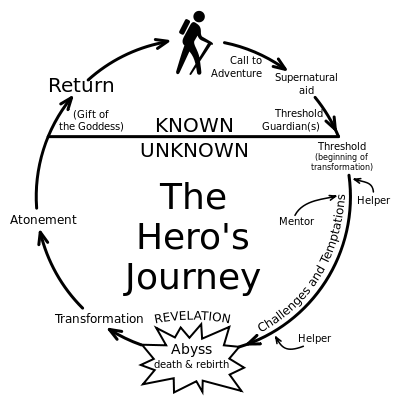I’m more fascinated than ever with the idea of GOOD ideas. That is, how breakthrough ideas rarely come from inside of their own industry. After all, isn’t that the basis for the cliché, “You gotta think outside the box”?
Many businesses are looking for that one, great breakthrough idea. Or, maybe YOU just want to start a new business and are looking for a fresh idea.
In either case, the funny thing is so many people seem to be resigned to the notion that all the “good” ideas already exist.
I want to share a short list of examples of “outsider” thinking that reshaped — and in some cases paved the foundations for — new industries.
From Buffet to Grocery Store
Not too many people I know are familiar with the story about the grocery store “model” for shopping. That is, loading up your cart or bag and selecting the items for yourself. That self-service model reportedly came from a man who saw many similarities as he stood in line one fateful day at a buffet.
Napoleon Hill enjoyed sharing this story of synthetic imagination (as he called it) about a grocery clerk in a small town who had never made more than $20 a week. Then one day Clarence Saunders was struck with an idea like a bolt of lightning!
What if, he wondered, the people could load up their own bag (or, later cart) and select items for themselves? Clarence Saunders later founded the Piggly Wiggly grocery store chain, and soon an entire industry followed.
Theater Makeup Results in Potentially Lifesaving Breakthrough for 3M
In this Harvard Business Review article, “Sometimes the best ideas come from outside your industry” (yes that’s the title), the authors cite how 3M “discovered” a way to save lives (and make a lot of money) by preventing infections after surgery.
The Source Code of All Computing Can Be Traced to a Nearly 5,000-Year-Old Book
I recently came across this article in the Guardian and a similarly backed story in Wikipedia about the origins of binary source code and a man named Gottfried Wilhelm von Leibniz who became fascinated with the iChing. The iChing is an ancient spiritual text (reportedly one of the oldest in history, predating the bible by thousands of years). Sidenote: The iChing sent me on a personal spiritual journey decades ago (after my first business “failure”), and while I’ve reviewed a few translations of the iChing, this is my favorite.
Drive Thru . . . Banking!?
Chances are on a daily basis you may not think twice about driving through In-n-Out Burger, Starbucks, McDonald’s or pick your favorite drive-thru. However, I’m willing to bet $1 that you didn’t know (I certainly didn’t) that the first drive-thru was reportedly the Grand National Bank of St. Louis in 1930!
The Recipe for Compelling Heroes . . . Just Add a Recipe
Take a few minutes to listen to this excerpt of a fantastic episode (embedded below) of The TED Radio Hour, and you’ll hear how Joseph Campbell deconstructs the “Hero’s Journey” in a beautiful and simplistic fashion. In fact, at some point George Lucas himself cites his deep understanding of said formula.
Incredibly, the main component parts to the “Hero’s Journey” (Departure, Initiation, Return) brilliantly match the paths of many whom I consider to be real-life heroes, including Roz Savage, who was kind enough to write the foreword to The Habit Factor book.

Finally, The Habit Factor
If it weren’t for all the above examples and hundreds or rather thousands, of others, I’d be as surprised as anyone that I (some surfer-guy from Pacific Beach, CA), with a Bachelor’s in Art/Graphic Design, wrote and then developed The Habit Factor methodology.
Until The Habit Factor was introduced, the all-time, most popular goal achievement methodology was something known as S.M.A.R.T. goals (introduced in 1981) — a very good process, but entirely missing the influence and contribution of HABIT to goal achievement (see video below).
Perhaps it was my #BlueMind? ; ) Just started reading J’s book, Blue Mind, and enjoying it.
Today, The Habit Factor and the P.A.R.R. methodology for goal achievement have been adopted and applied by Ph.D.s, counselors, and business consultants around the world. I’m only now comfortable understanding that had I actually been in any of those industries, there is little doubt that The Habit Factor would not exist (at least via my efforts).
It had to be my outsider ideas, specifically my study of habit related to goal achievement, that ultimately helped to create The Habit Factor (app and book), and consequently resulted in a solution so innovative that it ultimately reshaped the productivity marketplaces (apps and books) related to habit and goal achievement.
Pay attention to your own “outsider” ideas and don’t feel trapped by what you consider to be your areas of expertise. Maybe a new industry is ready for a spark — from you!
We’ll take another look at this subject in the next post.
~mg